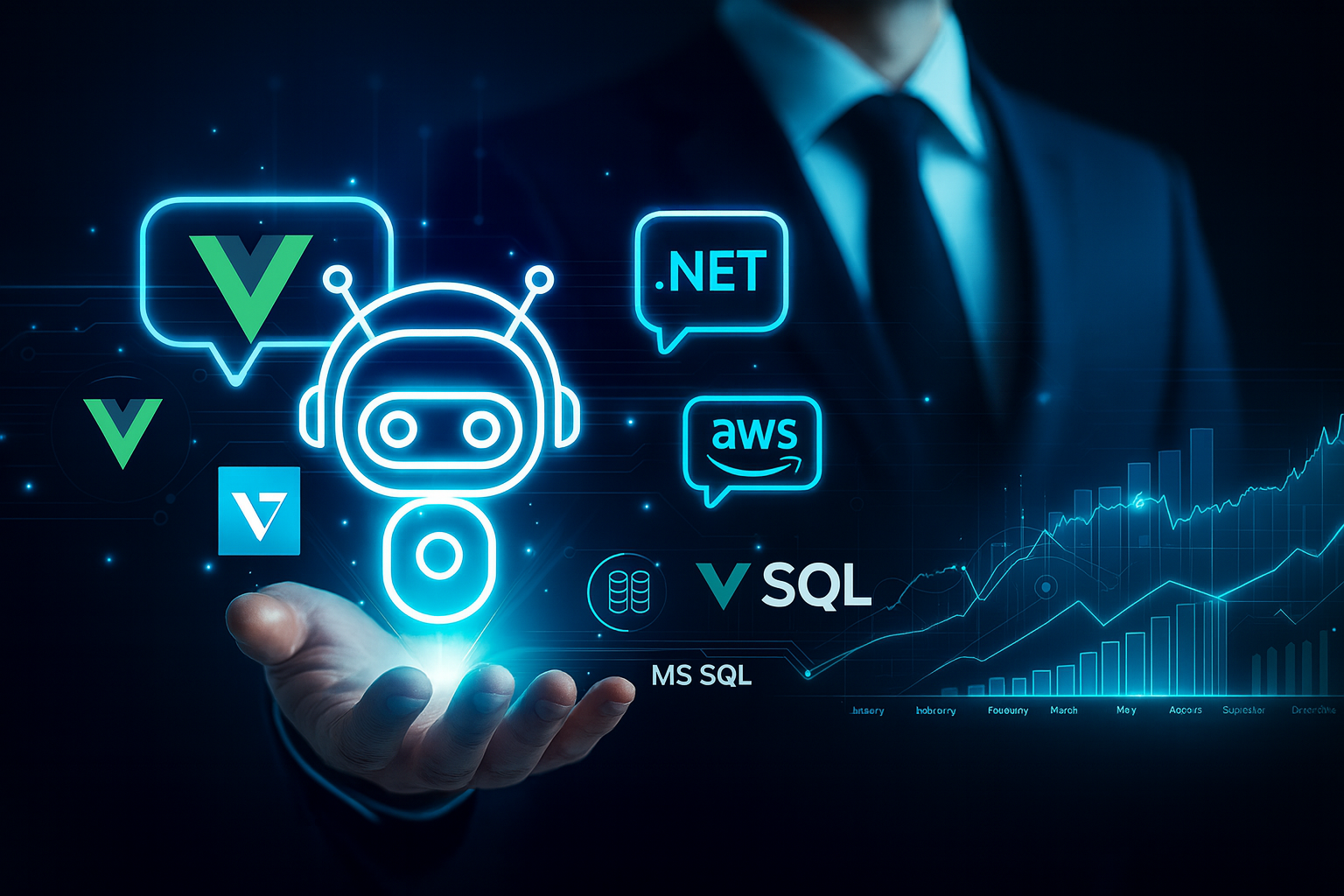 Loading Please Wait...
Loading Please Wait...
 Loading Please Wait...
Loading Please Wait...

Artificial Intelligence (AI) and automation are no longer futuristic concepts—they’re here, reshaping industries at an unprecedented pace. From predictive analytics to robotic process automation (RPA), these technologies are redefining how businesses operate, innovate, and deliver value. But while the potential is immense, the path to successful adoption isn’t straightforward.
At the center of this transformation stands the Chief Information Officer (CIO). Once regarded as custodians of IT infrastructure, CIOs are now strategic leaders driving business transformation. During AI and automation adoption, CIOs play a pivotal role—not just in choosing the right technologies, but in fostering a culture of innovation, aligning stakeholders, and ensuring long-term value.
This blog explores how CIOs can effectively drive change during AI and automation adoption, including strategies, challenges, and best practices.
Historically, CIOs were responsible for managing IT operations—servers, networks, and enterprise applications. Today, the role has expanded to include:
In the context of AI and automation, CIOs act as visionaries, translators, and enablers—bridging the gap between technical teams, business leaders, and end-users.
Before CIOs can lead effectively, they must understand the roadblocks organizations typically face:
Understanding these challenges helps CIOs design strategies that address both the technical and human sides of transformation.
AI adoption without a clear vision can lead to wasted investments. CIOs must:
Example: A CIO might begin with automating routine helpdesk queries using AI chatbots before scaling to predictive maintenance for critical operations.
AI adoption is as much about people as it is about technology. CIOs should:
By framing AI as a tool that augments human work rather than replaces it, CIOs can build trust and buy-in across the organization.
High-quality, accessible data is critical for AI success. CIOs must:
A CIO who prioritizes data readiness ensures that AI initiatives deliver real, actionable insights.
Big-bang AI transformations rarely succeed. CIOs should:
This approach reduces risk while showcasing value early on.
AI raises concerns about bias, fairness, and accountability. CIOs play a crucial role in:
By embedding ethics into AI strategy, CIOs not only protect the organization but also build trust with customers and stakeholders.
Technology alone doesn’t drive transformation—people do. CIOs must:
Effective change management transforms skepticism into enthusiasm.
AI should never be an isolated IT initiative. CIOs must:
This alignment ensures AI adoption isn’t just a tech upgrade, but a business transformation.
Consider a multinational insurance company facing high claims-processing costs and slow customer service.
This example illustrates how CIOs can blend technology, culture, and strategy to drive impactful change.
As AI and automation continue to advance, the CIO’s influence will only grow. Key future responsibilities include:
CIOs will become the architects of intelligent enterprises, where AI is not just a tool but a core driver of business strategy.
Adopting AI and automation is more than a technological upgrade—it’s an organizational transformation. As the bridge between technology and business, CIOs are uniquely positioned to lead this change.
By crafting clear roadmaps, fostering collaboration, strengthening data foundations, and embedding ethical practices, CIOs can ensure AI adoption delivers sustainable value. Most importantly, they must champion a culture of continuous learning and adaptability, turning fear of change into excitement for the future.
In an era defined by rapid technological disruption, CIOs who embrace their role as visionaries and change leaders will not only future-proof their organizations but also unlock the full potential of AI and automation.